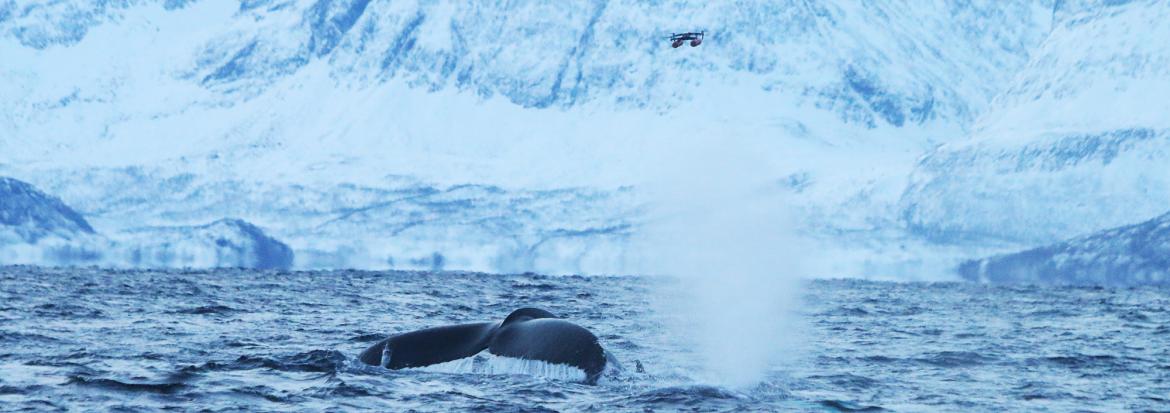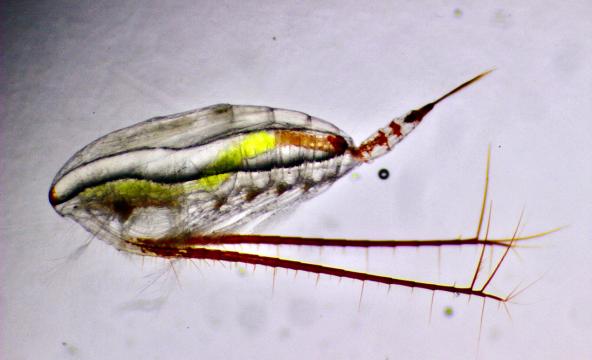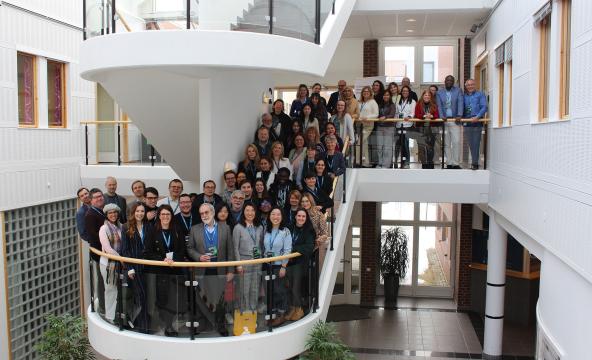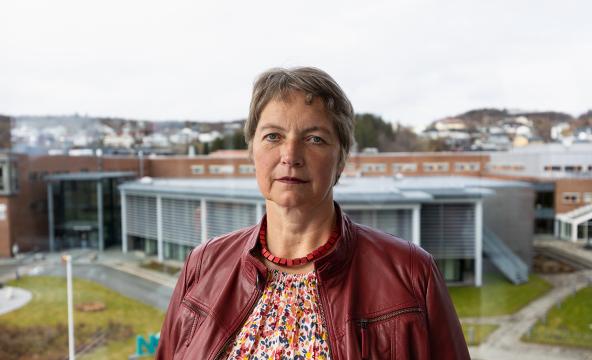
With 10 million kroners of new funding from the Research Council of Norway (NFR), researchers at Nord will now embark on a 5-year project (BLOWOMICS) to improve health assessments of wild and captive dolphins and whales.
BLOWOMICS, led by Associate Professor Courtney Alice Waugh (Nord University, Steinkjer), is a continuation of PhD candidate Dr Helena Costa’s Whale Exhale project at Nord, supervised by Waugh, Professor Jorge Fernandes (Nord University) and Professor Susan Bengtson Nash (Griffith University, Australia).
As part of Costa’s PhD, samples have already been collected from the whales’ snot (“blow”) using a drone - the drone is flown through the jet of air that the whale blows out when it comes to the surface to breathe.
– Non-invasive biomarkers for cetaceans are currently scarce, so by developing these biomarkers BLOWOMICS will revolutionize our understanding and management of the health of these wild and charismatic marine resources” says Associate Professor Waugh.

PhD candidate Helena Costa hopes that through BLOWOMICS they will be able to develop these biomarkers in a way that is affordable and easy to use, so that other researchers can reproduce these methods and results can be compared worldwide. Waugh states that if successful they calculate that the costs of their new biomarkers will be 10% the costs of traditional analyses.
– How will these biomarkers be developed?
They will be developed via utilizing a type of small RNA that can be found in most tissues and body fluids of all organisms, called microRNAs (miRNAs). MiRNA profiles are known to change under different physiological and pathological states in a potentially predictable manner and are gaining an emerging interest for early non-invasive disease diagnosis in humans.
Waugh and Costa are the first to pioneer this technology in whales.

Costa says that in this new research project funded by NFR they will work with animals in captivity, in collaboration with SeaWorld Foundation for Research, Rescue and Conservation on the Gold Coast in Australia. Nord university has already secured their first delivery of blow samples from SeaWorld’s 26 captive dolphins and Costa is currently in the lab analyzing the miRNA content.
– These 26 dolphins will play a vital role in validating our methods in a controlled environment, and to obtain data that can be used in the future with wild animals. This is very exciting," says Costa.
Going full circle, these biomarkers will be utilized by SeaWorld’s head veterinarian Dr. Claire Madden for health assessments of her captive populations, as well as rescued wild animals. “For example, SeaWorld recently attended a stranding of a humpback whale”, says Waugh.
– It was devastating to see its obvious distress as it thrashed in the shallows, eyes blinking. It was not a good outcome this time, but, with tools like ours they will be able to obtain crucial information to help with rescuing and rehabilitating these animals in the future, continues Waugh.
BLOWOMICS forms an international consortium with the following partners
Professor Jorge Fernandes, Nord University,
Professor Audun Rikardsen, University in Tromsø,
Dr. Tiu Similä, Whale2Sea, Norway,
Associate Professor Susan Bengston Nash, Griffith Uni, Australia,
Dr. Claire Madden, DMV, Seaworld Australia,
Professor Christian Sonne Aarhus Uni, Denmark
Ursula Siebert, Prof. Prof. h. c. Dr., University of Veterinary Medicine, Hannover, Germany.









